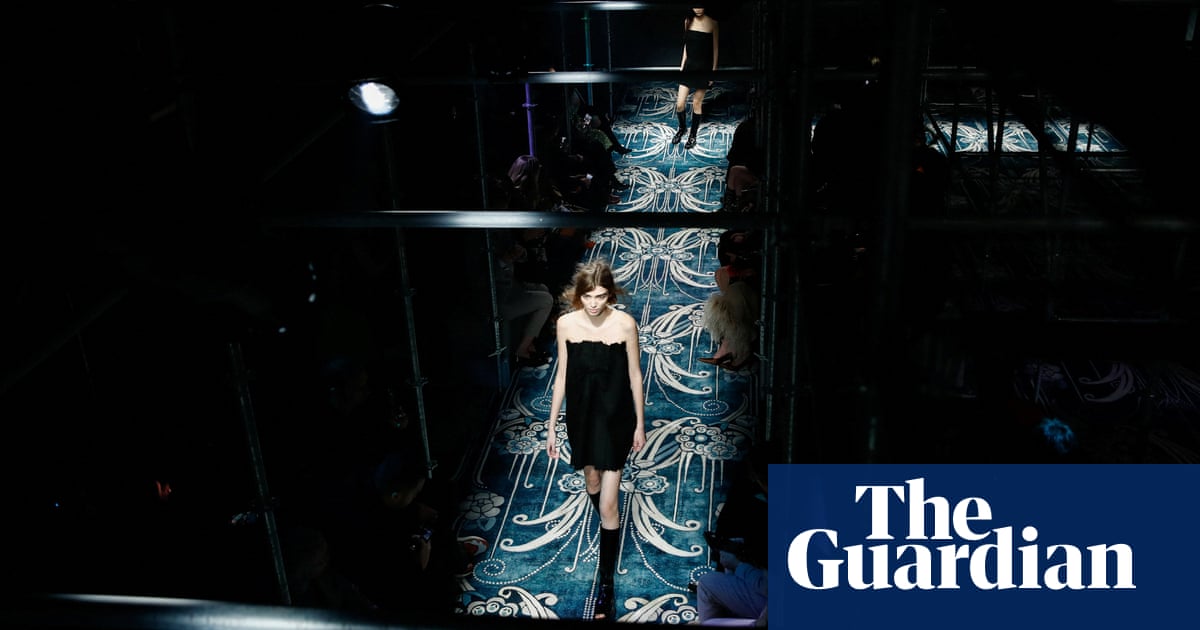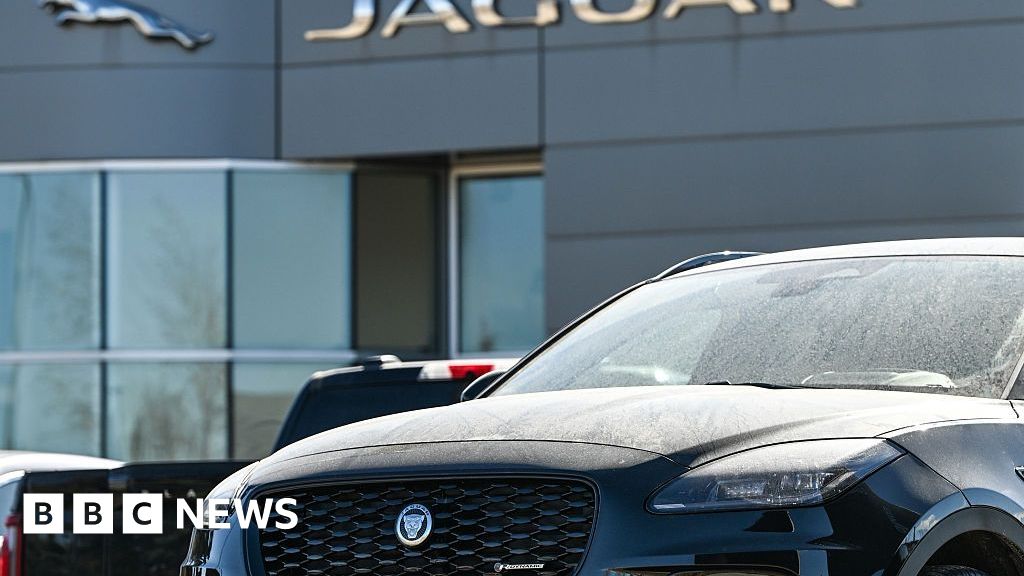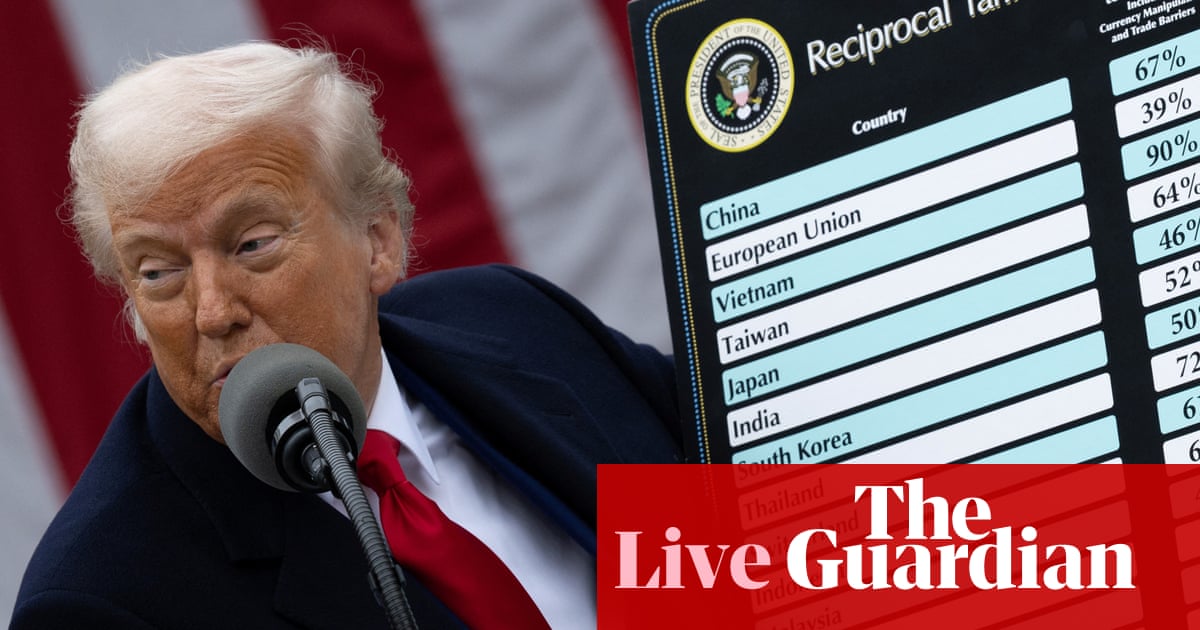
It could set the industry back 50 years: fashion braces for impact of Trump tariffs
First it was steel producers. Then automobiles. Now the fashion industry has been left reeling from Donald Trump’s announcement on Wednesday that he was imposing tariffs on more than 180 countries including severe levies aimed at some of fashion’s biggest manufacturing regions.
Trump’s “liberation day” tariffs included a 10% duty on all imports to the US but “worst offender” countries – those with whom America has bigger trade deficits – face a higher rate. Several of these are key to fashion’s supply chains. China, where everyone from Prada to Zara outsource production, faces a 54% duty. Vietnam, where more than half of Nike’s footwear was produced last year, will be subject to a 46% tariff. Pakistan, a key manufacturer of denim items, will be hit with a 29% duty. Bangladesh, where garment manufacturing makes up to 80% of its total exports, will be subjected to 37% levy, while the EU, which accounts for at least 70% of the global luxury goods market, will be hit by a 20% tariff.
Stefano Martinetto, the chief executive of Tomorrow, a fashion brand development platform that has made lead investments in the Parisian label Coperni and the British designer Martine Rose, describes the situation as extremely complex, with brands struggling to assess its impact. It is unclear what duties apply to a finished product.
“Products are not made in one place,” Martinetto says. “You could have fabrics that come from Italy. Another element that comes from China. Something else from Korea. And then it could all be assembled in Turkey.
“You have to understand the manufacturing chain and shipping chain and at the moment there is no clarity about what and where a tariff is to be applied.”
The US is one of the world’s largest consumers of clothing and footwear, more than 98% of the country’s apparel is imported. In January, reports suggested fashion’s luxury market could benefit from increased consumer confidence in the US. But after already facing challenges including Brexit and Covid, the industry is now grappling with even greater uncertainty.
On the markets, fashion stocks plunged after Wednesday’s announcement. Shares in the British brand Burberry dropped 10% on Thursday and by another 6% on Friday. Kering, the parent company of brands including Gucci and Saint Laurent, also fell sharply, as did LVMH, whose portfolio includes Dior and Louis Vuitton.
There are rumours that Prada, which was expected to be nearing its acquisition of Versace from Capri Holdings, could hit pause until the market settles.
Sports-focused brands which, after the implementation of tariffs on China during Trump’s first term in 2019 had shifted production to Vietnam and Cambodia, were also hit. Shares of Lululemon, Nike, Adidas and Puma all tumbled.
While some brands seem to have been blindsided by the tariff announcement, LVMH has been publicly aligning itself with the Trump administration for several years. It operates two factories in California and one in Texas that account for 50% of its product volume in the US. Trump visited its Rochambeau Ranch in 2019, while his second inauguration in January this year was attend by Bernard Arnault, the LVMH chief executive, alongside daughter Delphine and son Alexandre.
Nevertheless, without clear guidelines and threats of retaliation, no one in fashion is exempt from the current waiting game. Helen Brocklebank, the chief executive of Walpole, which represents the British luxury market, says the view is to “reserve judgment until there is more detail on how it will actually work”.
North America accounts for 22% of all UK high-end goods exports. Brocklebank describes the UK government as so far taking a “measured response”, which she considers encouraging.
after newsletter promotion
The tariffs are expected to cause fluctuations throughout the entire fashion supply chain that will affect everyone from farmers to craft workers. Insiders say it is inevitable that the prices of fashion products will rise, with consumers left feeling the pinch. This follows existing price rises; the average price of luxury goods has risen by 52% since 2019.
While it is unlikely to dissuade the super-rich, aspirational shoppers are expected to be priced out. There are also fears that for some consumers, cheaper counterfeits (that fuel human trafficking and labour exploitation) could look more appealing.
Martinetto says the tariffs could set the industry back 50 years. “European designers could end up selling mostly in Europe,” he says. “American designers could sell mostly in America.”
While luxury giants may be able to overcome another seismic shift, there is a fear that smaller independent designers will not survive.









